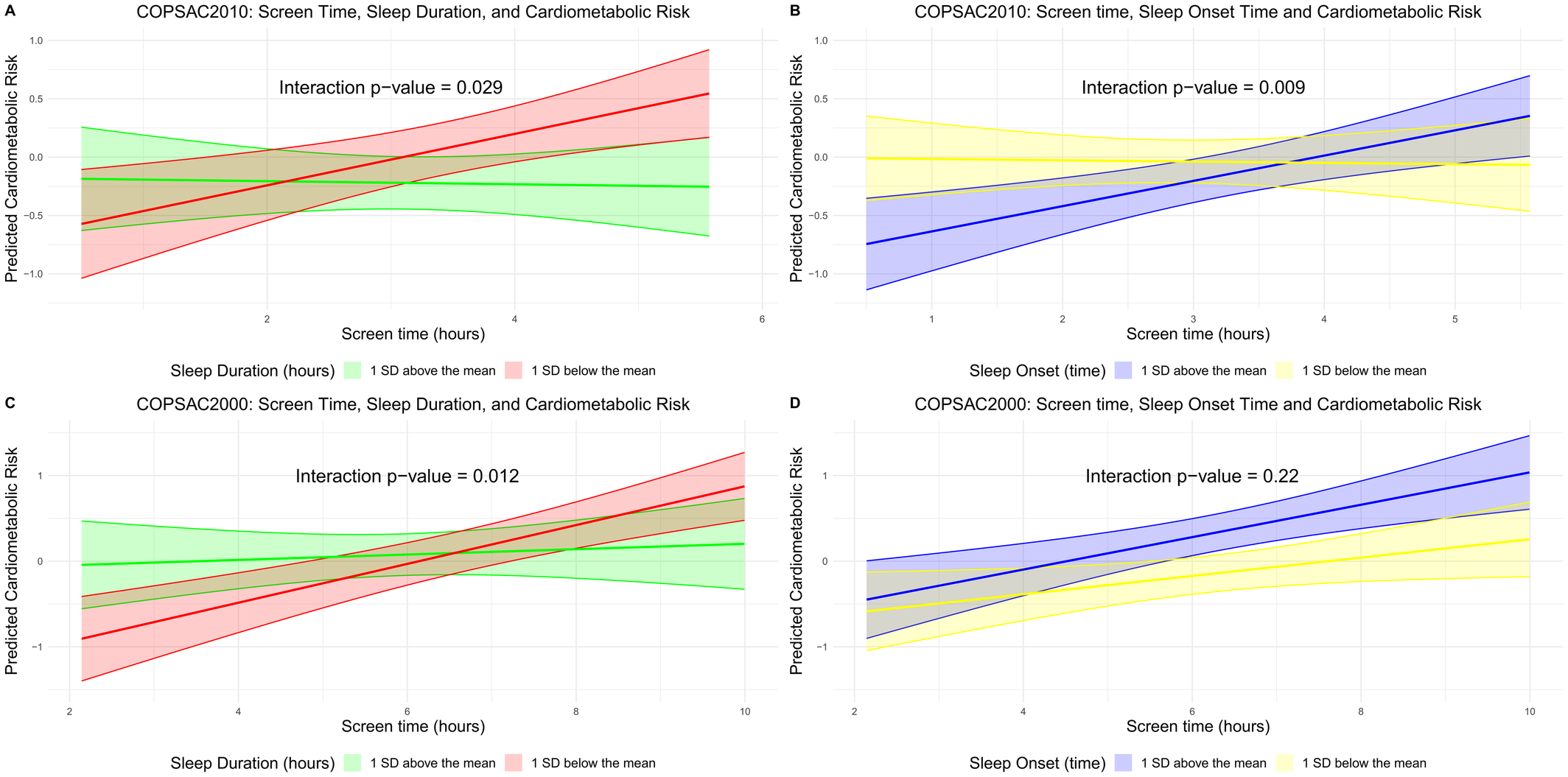Screens keep kids busy, connected, and quiet, which feels like a win in the moment. The tradeoff sneaks up slowly. A new analysis in a major cardiology journal linked daily screen habits with a measurable rise in cardiometabolic risk in children and teens, and the effect was notably worse when sleep was short or late. Researchers even picked up a distinct blood-based “metabolic signature” of screen time, meaning the habit leaves biochemical footprints long before a diagnosis shows up.
What the New Study Found
Researchers followed more than 1,000 children and teenagers across two Danish cohorts that began at birth. They tracked discretionary screen time, sleep timing and duration, movement from accelerometers, diet patterns, puberty markers, and a wide panel of lab values. For every additional hour of recreational screen time per day, the composite cardiometabolic risk score crept higher. That score blends waist circumference, systolic blood pressure, HDL cholesterol, triglycerides, and glucose into a single, age-adjusted index. In plain terms, more daily screen time pushed several early warning lights in the wrong direction.
The risk increase looked modest per hour, then it stacked. An adolescent with three to six daily leisure hours, which is common, drifted a quarter to half a standard deviation above peers on the composite risk scale. That is enough to matter at a population level, and it lines up with what clinicians see in early hypertension, rising triglycerides, and stubborn insulin resistance.
Sleep as a Force Multiplier
Shorter sleep made everything worse. Less total sleep strengthened the link between screen time and metabolic risk in both younger children and adolescents. Later bedtimes tracked with poorer profiles, especially by the teen years. This dovetails with what parents notice on school nights, eyes on screens run long, lights stay bright, morning fatigue follows, food choices slide, and the physiology shows it.

A Blood Based Signature of Screen Time
Using targeted NMR metabolomics, the team trained a sparse machine learning model that identified thirty-seven biomarkers tied to screen use, heavy on triglyceride-rich lipoproteins and lower large HDL fractions. That signature predicted screen time within the younger cohort and was validated in the older one. Translation: screen habits are visible in the blood, even when weight or glucose levels look normal on a standard panel.
Not Just “Sitting Too Much”
The models accounted for sedentary minutes, light and moderate to vigorous activity, diet quality, puberty, and social factors. Screen time still showed an independent association with risk. The picture points beyond inactivity alone toward circadian disruption, sympathetic arousal, and altered lipid handling.
Radio-Frequency (RF) Exposure: The Hidden Layer
When we talk about wireless devices—smartphones, tablets, Wi-Fi, Bluetooth—they emit radio-frequency electromagnetic fields (RF-EMF). While the energy levels are non-ionizing (not enough to break DNA directly), emerging research suggests potential biological effects beyond simple heating.
Children’s Unique Vulnerability
Children’s anatomy differs: thinner skulls, smaller brains, more years of exposure ahead. Modeling shows that children absorb higher RF doses in skull-bone marrow than adults because of geometry and tissue properties. Some research suggests up to ten times greater absorption in certain skull regions in children.
RF and Metabolism or Cardiovascular Risk?
The research into RF effects on cardiometabolic health is less direct, but some mechanisms overlap: oxidative stress, autonomic nervous system imbalance, disturbed sleep, and elevated sympathetic tone—all of which play into metabolic risk.
Wireless radiation may amplify the detrimental effects of screen-induced sleep disruption or neuroendocrine stress, acting as a silent co-factor.
Objections, Answered
“My kid plays sports, so we are covered.” Great, keep training, and still fix bedtime screens. The association persisted after adjusting for activity, so sleep remains the leverage point.
“It is all educational.” Content helps, timing matters. Evening light and arousal still delay sleep. Move learning earlier when you can.
“The effect size is small.” Per hour, yes. Multiply daily hours across the school year, add shorter sleep, and the needle moves. By late teens, the risk signature is already detectable in blood.
“We tried rules, nothing sticks.” Reduce friction instead of arguing, remove chargers from bedrooms, set a router schedule, stack small wins, and keep it boringly consistent for two weeks. Most families see a difference in mood and morning energy first, then labs follow.
Practical Ways to Protect Kids
So what can we do about it? While we can’t completely remove screens from modern life, we can take practical steps to protect children’s developing bodies and brains from the compounding effects of overuse, poor sleep, and RF exposure.
1. Set Screen Limits
Encourage daily recreational screen time under two hours where possible; designate “screen-free” hours (especially after dinner).
2. Prioritize Evening Wind-Down
No devices at least 60 minutes before bedtime. Create a relaxing routine: reading, drawing, gentle stretching, and dim lighting.
3. Promote Sleep Hygiene
Fixed wake-time, dark room, cool environment, no bright screens in bed. Sleep is not optional; it’s foundational.
4. Mind Device Proximity and Use Mode
Encourage use of wired headphones rather than holding devices to the head; avoid phones sleeping next to kids; consider periodical “flight-mode” for tablets after early evening.
5. Lead by Example
Kids mirror adult habits more than we realize. If they see us glued to phones, scrolling endlessly, or choosing screens over connection, they’ll do the same. Modeling a tech-balanced lifestyle, where we prioritize real-life experiences, healthy routines, and intentional screen use, can be one of the most powerful ways to protect their long-term health.
6. Consider Environmental RF Exposure
Where possible, keep routers and wireless transmitters out of bedrooms; use wired internet when feasible; and turn off Wi-Fi at night.
Tools like Aires Tech EMF modulation devices are scientifically proven to help create safer environments for children by reducing their biological exposure to wireless radiation. Save 25% on Aires EMF protection with code “MOL”.
Bottom Line
Children today are growing up digital—but their bodies still operate on ancient metabolic programming. Excessive screen time, inadequate sleep, and proximity to wireless radiation can interact in ways that alter their health trajectory early.
We can’t wait for 50 years of adult outcomes to act. The evidence is enough to say: limit screens, protect sleep, minimize unnecessary RF exposure, and give kids the physiological space to develop the healthy foundations they need.
What you do tonight might shape their labs in ten years, not just their behavior in the moment.











